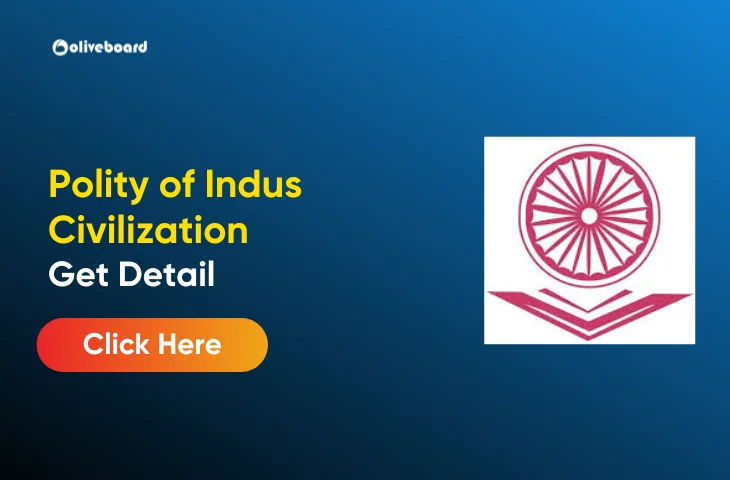Polity of Indus Civilization of Ancient India
The Indus Civilization, one of the world’s earliest urban cultures, flourished in the northwestern regions of South Asia around 3300 to 1300 BCE. This ancient civilization is notable not only for its impressive urban planning and advanced technologies but also for its distinct political structure. This article explores the polity of the Indus Civilization, providing insights into its governance, administration, and social organization.
Overview of the Indus Civilization
The Indus Civilization, also known as the Harappan Civilization, emerged in the fertile floodplains of the Indus River. Major cities such as Harappa, Mohenjo-Daro, and Dholavira were well-planned, showcasing a high degree of urbanization. The civilization was characterized by:
- Sophisticated urban planning: Grid-patterned streets and advanced drainage systems.
- Economy: Agriculture, trade, and crafts played crucial roles in sustaining the population.
- Art and culture: The civilization produced various art forms, including pottery, seals, and jewelry.
Political Structure of the Indus Civilization
The polity of Indus Civilization reflects a complex social and political organization. While specific details remain elusive due to the undeciphered script, archaeologists and historians have deduced several key features of its governance:
1. Centralized Authority
It is believed that the Indus Civilization had a centralized political authority, which managed the affairs of its urban centers. This centralization is indicated by:
- Uniformity in city planning: Similar layouts and structures across different cities suggest a common governing body.
- Standardized weights and measures: This facilitated trade and commerce, pointing to a coordinated economic system.
2. Governance and Administration
The governance of the Indus Civilization appears to have been organized but is still largely a subject of speculation. Key aspects include:
- Local governance: Each city likely had its own local administration to manage daily affairs.
- Trade regulation: The centralized authority might have regulated trade practices, ensuring economic stability.
- Public works management: Maintenance of infrastructure such as drainage systems, wells, and roads would require organized administrative oversight.
3. Social Stratification
The polity of Indus Civilization suggests a hierarchical social structure. Although detailed records are lacking, certain indicators imply social stratification:
- Elite class: The existence of large public buildings and intricate artifacts indicates a wealthy elite class that possibly held political power.
- Craftsmen and laborers: A class of skilled artisans contributed to the economy, suggesting a division of labor.
4. Absence of Monarchical Rule
Unlike many contemporary civilizations, there is little evidence to suggest a monarchical or dynastic rule in the Indus Civilization. Key observations include:
- No monumental architecture: The absence of grand palaces or temples suggests that the civilization may not have had a king or a single ruler.
- Collective decision-making: The political organization may have involved collective leadership or councils, reflecting a more democratic approach.
Evidence from Archaeology
Archaeological findings play a crucial role in understanding the polity of the Indus Civilization. Important discoveries include:
| Archaeological Evidence | Significance |
| Seals (e.g., stamp seals) | Indicate trade relations and possibly administrative functions. |
| Public baths (e.g., Great Bath at Mohenjo-Daro) | Suggests a centralized approach to public health and hygiene. |
| Citadels | Implies a form of governance overseeing urban security and management. |
5. Diplomacy and Trade
The Indus Civilization was an active participant in regional trade networks. Their diplomacy can be inferred from:
- Trade with Mesopotamia: Artifacts found in Mesopotamia indicate that the Indus Civilization engaged in extensive trade with other cultures, suggesting a diplomatic framework.
- Exchange of goods: This included raw materials, textiles, and finished products, promoting economic interdependence.
Conclusion
The polity of Indus Civilization of Ancient India remains a fascinating subject of study. While much about its political organization is still unknown due to the lack of written records, archaeological evidence provides valuable insights into its governance, administration, and social structure. The centralized authority, potential for local governance, absence of a monarchical system, and active engagement in trade highlight the sophistication of this ancient civilization.
Understanding the polity of the Indus Civilization not only enriches our knowledge of ancient India but also sheds light on the early forms of governance that have influenced subsequent cultures and civilizations. As research continues and new discoveries emerge, our comprehension of this remarkable society will undoubtedly deepen.
Key Takeaways
- The Indus Civilization was characterized by advanced urban planning and a likely centralized authority.
- Its political structure may have included local governance without a monarchical system.
- Archaeological evidence supports the existence of a stratified society and extensive trade networks.
By studying the polity of the Indus Civilization, students can appreciate the complexities of ancient governance and its impact on modern societies.
Polity of Indus Civilization – FAQs
A1. The Indus Civilization featured a centralized political structure likely governed by local administrations.
A2. No, there is little evidence of a monarchy or dynastic rule in the Indus Civilization.
A3. Trade was likely regulated by a centralized authority to maintain economic stability across urban centers.
A5. Archaeological findings like large public buildings and intricate artifacts indicate the presence of an elite class.
- Ancient History of India – UGC NET History Notes
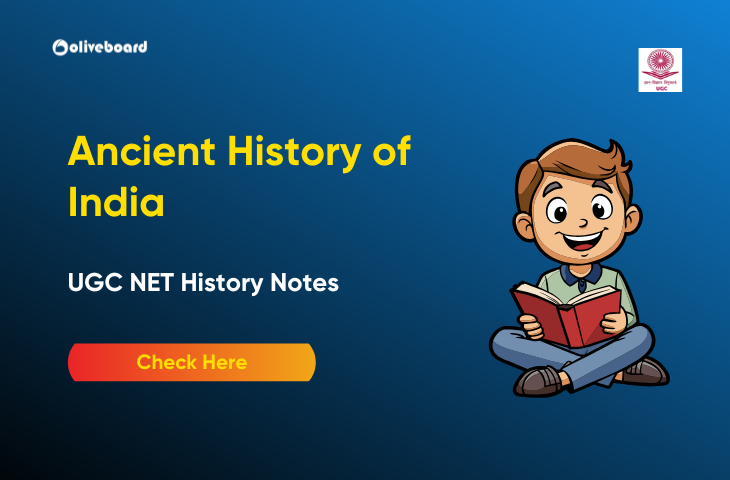
- Emergence of Regional Powers in Early Medieval India- UGC NET History Notes
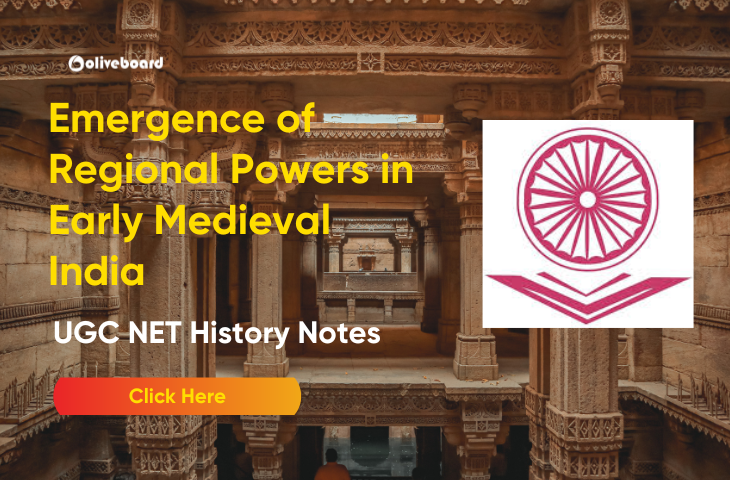
- Emergence of Heterodox Sects – UGC NET History Notes
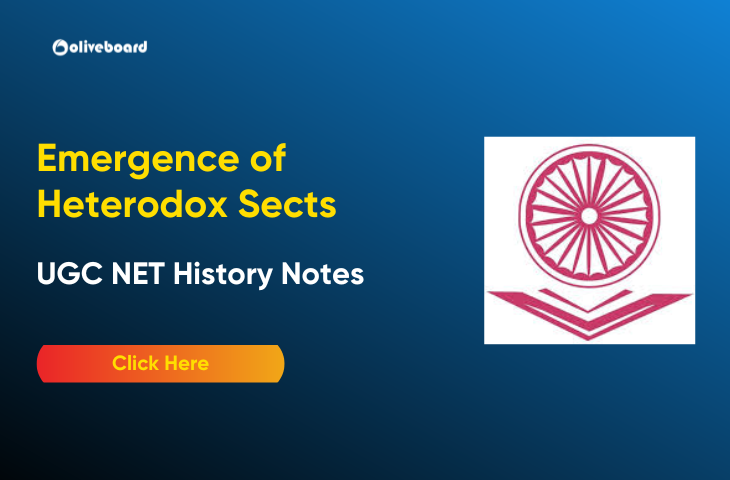
- UGC NET History Previous Year Question Paper, PDF Download
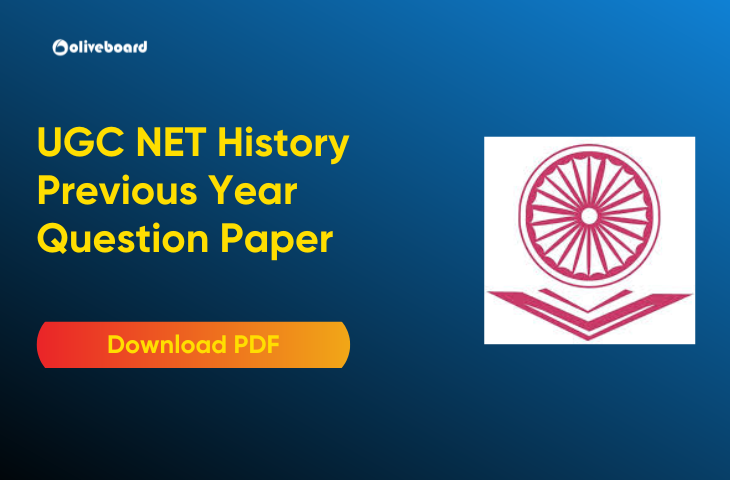
- Sangam Literature – UGC NET History Notes

- Mauryan Art and Architecture – UGC NET History Notes
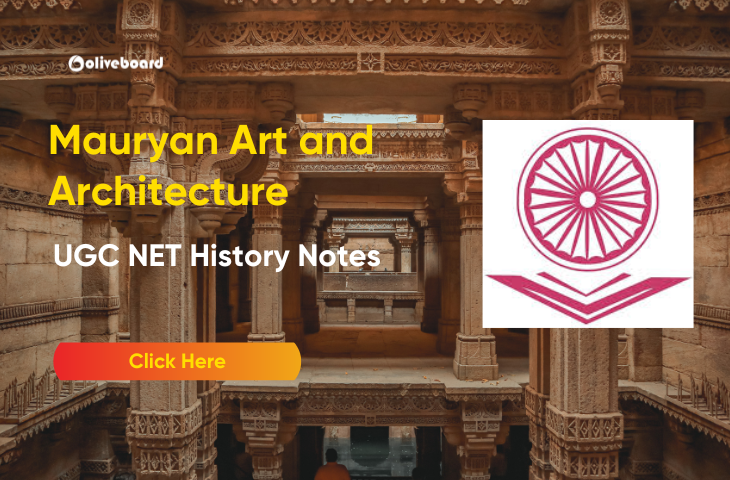

Hello there! I’m a dedicated Government Job aspirant turned passionate writer & content marketer. My blogs are a one-stop destination for accurate and comprehensive information on exams like Regulatory Bodies, Banking, SSC, State PSCs, and more. I’m on a mission to provide you with all the details you need, conveniently in one place. When I’m not writing and marketing, you’ll find me happily experimenting in the kitchen, cooking up delightful treats. Join me on this journey of knowledge and flavors!
